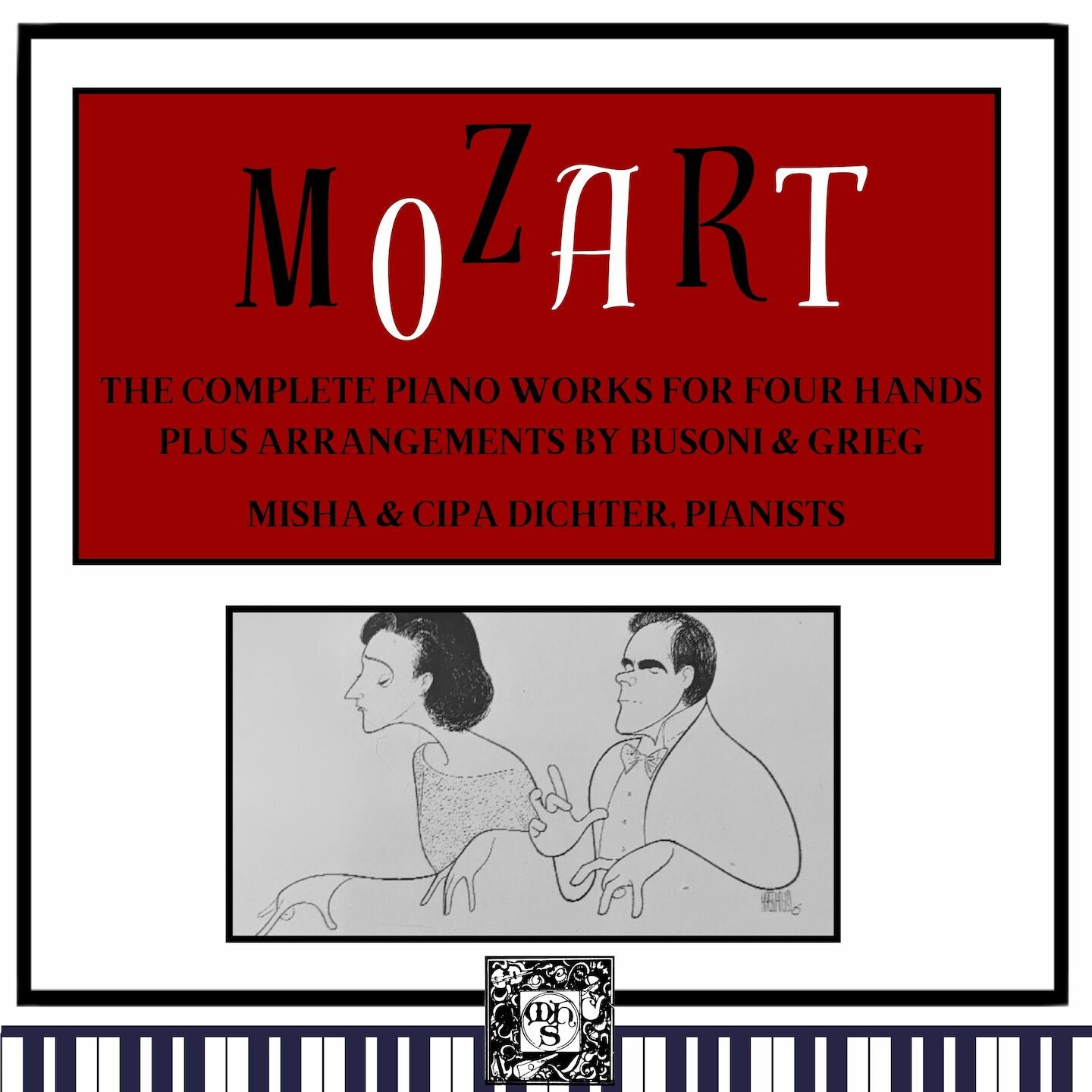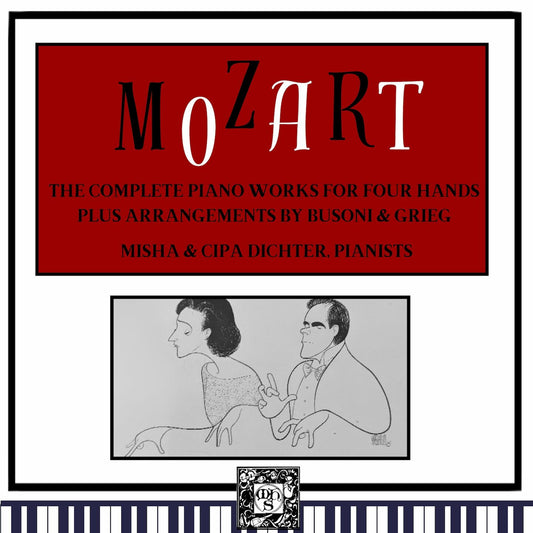The Sonata in C major, K. 19d composed in London in 1765 shows the youthful Mozart working within the accepted notions of the form, no doubt under Leopold’s guidance, and, some have claimed, editorship in terms of preserving these early works for posterity. But the Dichters’ performance of it announces several important characteristics of the work and set as a whole. Closely though naturally recorded, the parts are nicely set off against one another and display interplay as a key ingredient. Also immediately apparent, particularly in the Menuetto-trio, is a rapt intimacy that fits the quiet understated brilliance of Mozart’s writing - a good sign of things to come. The closing Rondo sees skilled negotiation of tempo changes; further revealing Mozart’s already advanced assimilation of the need for dramatic contrast within the composition.
If from here on in I pick out those aspects of each work that particularly attracted attention, it is not that the rest lacks merit, because it doesn’t.
The Sonata in B-flat major, K. 358 displays again a real sense of equality in the pianistic partnership. Tempi, particularly for the charming rippling middle adagio, are well chosen. They speak of practise and experience, but have not lost the fun behind the writing. Sonata in D major, K. 381 is notable for the crispness and clarity of the finger-work from the start, and the sense of balance the parts give the music internally.
The Fugue in G minor, K.401 appears as a miniature exercise, and one can well imagine it being used for teaching purposes to instruct variously in technique and as an example of fugal structure. Likewise, with the Adagio and Fugue in C minor, K. 426. In the Dichters’ hands they spring full of life from the page, even the more outwardly serious passages, so that - whatever their humble teaching origins might have been - a sense of invention within the confines of musical form is felt ... even to the edge of chaos in the fugue of K. 426.
The remaining items are all major works, and show Mozart’s style at its mature zenith. Sonata in D major, K. 448 is an intricate piece full of imagination and brilliance. The Dichters’ playing retains the jewel-like clarity from earlier works and remains ever alert to both structure and idiom. I particularly enjoyed the hushed, almost vocal quality of the andante.
Sonata in F major, K.497, the longest work included, continues in many ways the path begun with K. 448. The major difference outwardly is the less showy nature of the piece – but I recall Sir Clifford Curzon saying how hearing another pianist pull off a Mozart slow movement really successfully inspired his admiration more than any amount of showy fireworks. The intricacy of the work is made to sound disarmingly simple, which of course is anything but the case in reality. And what a flood of ideas there is to contend with, order and balance! Just one example: the nuance the performance has is the way at around 6’50" in the closing allegro the line is effortlessly slimmed to a simple run to lead into the most understated yet totally apt ending imaginable.
Sonata in C major, K. 521 is given such fluency in the Dichters’ playing that it immediately draws you into the piece. Perhaps more so than elsewhere the voices of each piano remain distinct from the other and this is fully brought out in the playing. There are plenty of opportunities to catch the intimate side in dappled half-light, as these alternate with brightly-lit sparkling passages, and the sensitivity to inner dynamism is absolutely as it should be. It’s worth getting the set for the sonatas K. 448, 497 and/or 521 alone.
Now to the curiosities – the arrangements by Busoni and Grieg. Quite what prompted Grieg to keep Mozart’s sonata in C major, K.545, intact, assign it to one piano, and write a whole other part to fit alongside, is not known. The effect though is strange, as the work moves gradually from something distinctly Mozartian to abstract Norwegian impressionism. Busoni, for his part, creates a serious virtuoso display from Mozart’s clockwork composition that is dispatched with suitable precision and flair by the Dichters.
This goes on my ‘Discs of the Year’ list without hesitation. Seminal listening in every respect.

Performers




